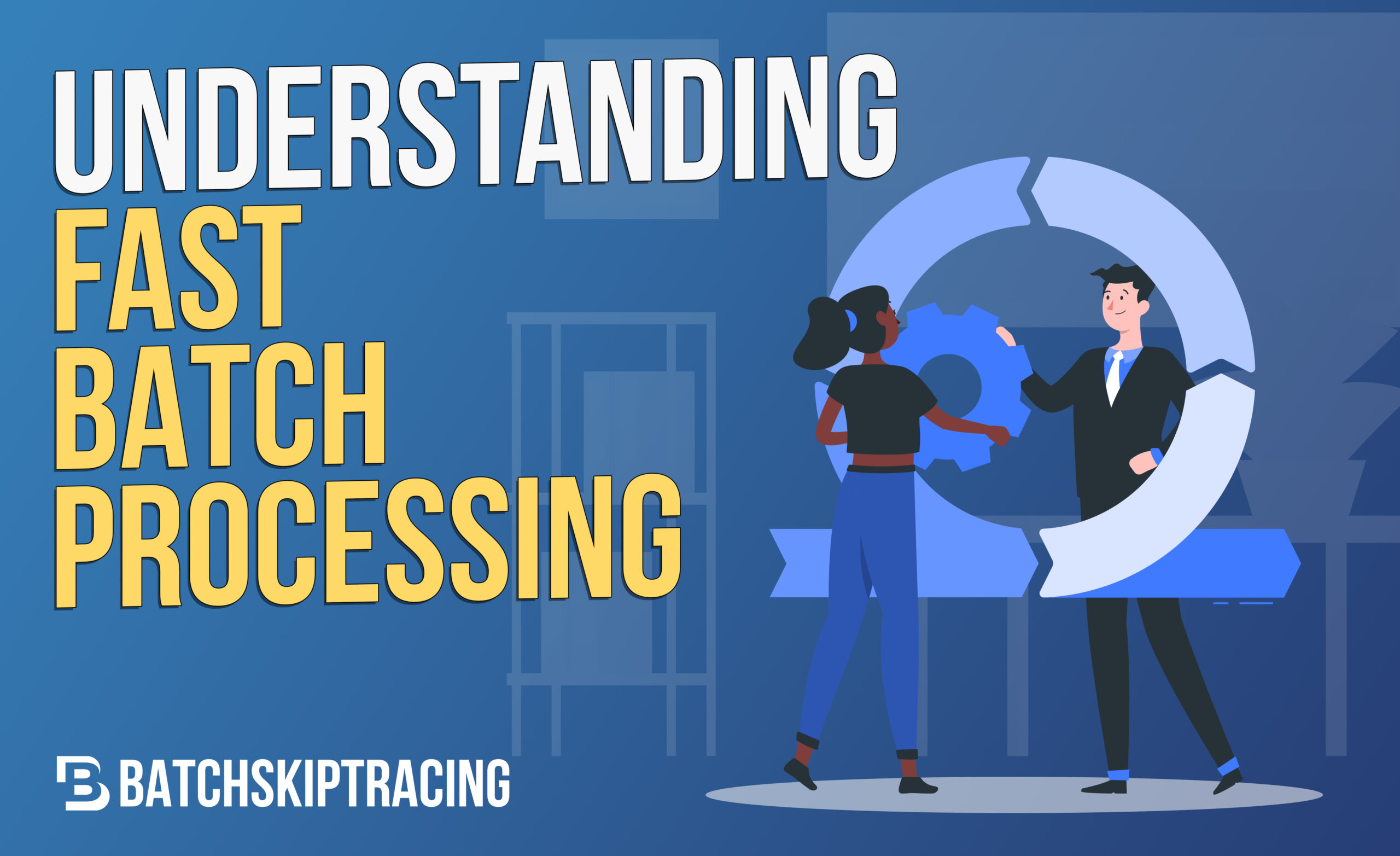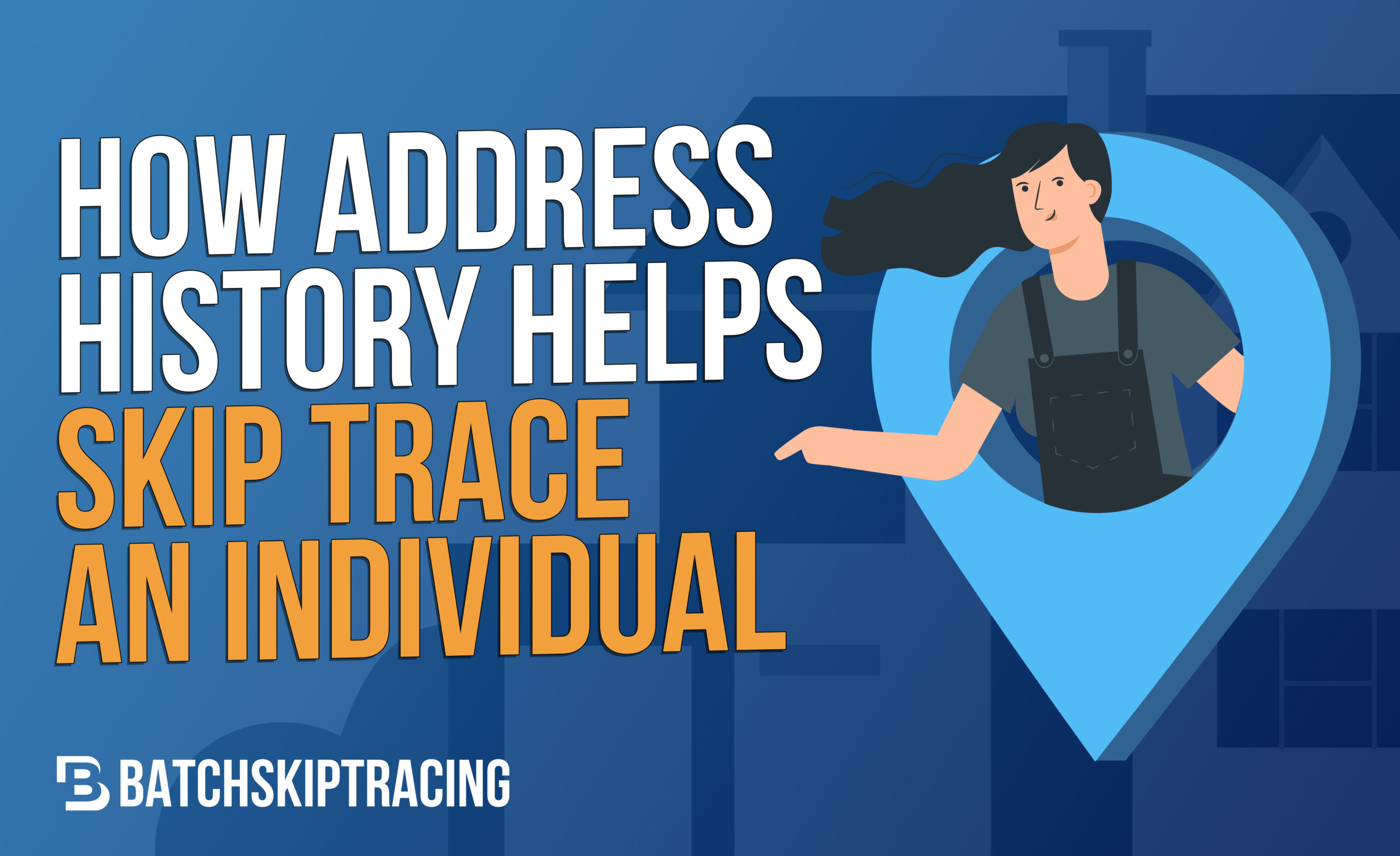Do you feel like finding a real estate investment opportunity is difficult? If yes, then it’s time for you to know about driving for dollars.
When done in the right way, being a real estate investor can be a very profitable and lucrative career option. However, when you start as a real estate investor or wholesaler, the first issue that you face is finding your first few clients. It would be best if you had a way or a method to help you find clients without having a portfolio or list of previous clients. And it helps driving for dollars.
What is Driving For Dollars?
When someone first hears about driving for dollars, chances are they might think about Uber or any related taxi services. Still, driving for dollars is a popular phase in the real estate industry that means to get in a car and drive in their neighborhood or a specific area to find investment opportunities or distressed properties.
This is one of the most effective and popular ways of finding opportunities as a newbie real estate wholesaler or investor. But how to find leads through driving for dollars? Here’s how
Step 01- Choose an Area
Before you put in the key and start the car, you need to decide which area you will survey. This entirely depends on your search and investment criteria. For example, if you want to start buying houses to fix-and-flip, you should look for an area where the property prices have risen considerably, but some houses require renovations and upgrades. On the other hand, if you want to rent out properties, you should look for an area with high rent values.
Step 02- Search for Properties
Now that you know which area you should target, it’s time for you to look out for opportunities that are the right houses. A good deal here is a house or a property that can be bought at a low price– much cheaper than the market price. To find such properties, you need to keep a bird’s eye on all the distressed properties in the targeted area. Unkempt properties mostly reflect that they have either been abandoned or the owner has some other priorities.Here are the primary signs that reflect that the property is distressed-
- Overgrown grass
- Newspapers on the door.
- Broken or damaged fences.
- Strains on walls, broken windows, and other external damages.
- For sale signs.
Whenever you see these signs, you need to take a picture of the property, write down the necessary details like the address and nearby landmark and then move forward with the next step.
Step 03- Research
Once you have created a list of prospects, the next step is to research those properties and then search for their owners and related details. You can use various skip tracing tools to get the required information. Some of the details t hat you need to gather include-
- Owner’s name and phone number.
- Mailing address.
- The year it was sold last and the price it was sold for.
- The tax value.
Step 04- Contact the Owners
You have got all the details that you needed, and now it’s time to take the final call to contact the leads personally so that they can be converted into clients. The best way to contact your prospects is by cold calling. Cold the prospects, understand their pain points and offer your services as solutions to their problems. Remember, the more they feel comfortable with you while talking, the more likely they are to get converted.
To Conclude
So this was all about driving for dollars. Now, if you’re trying to start your own business in the real estate industry, decide your area, create your list of prospects, and start contacting them. The more people you contact, the more clients you find.




